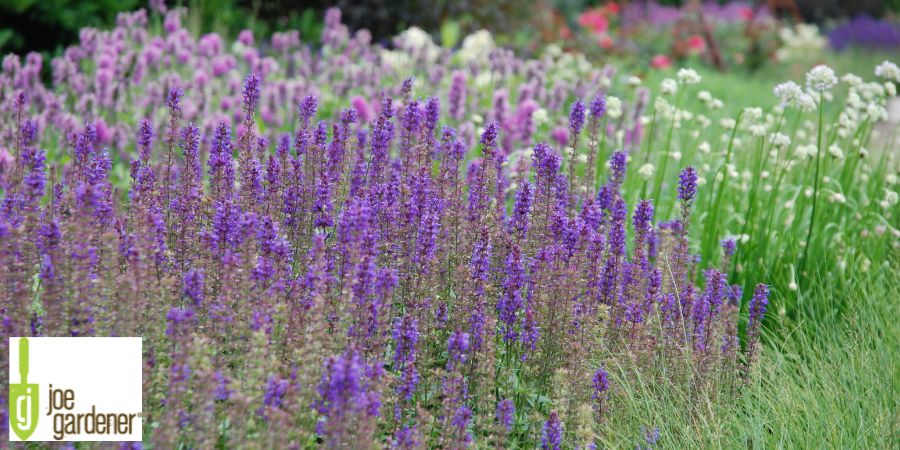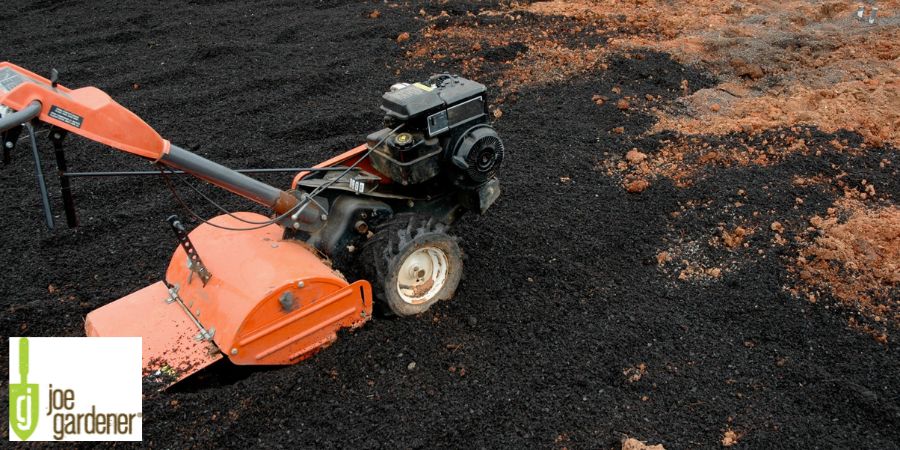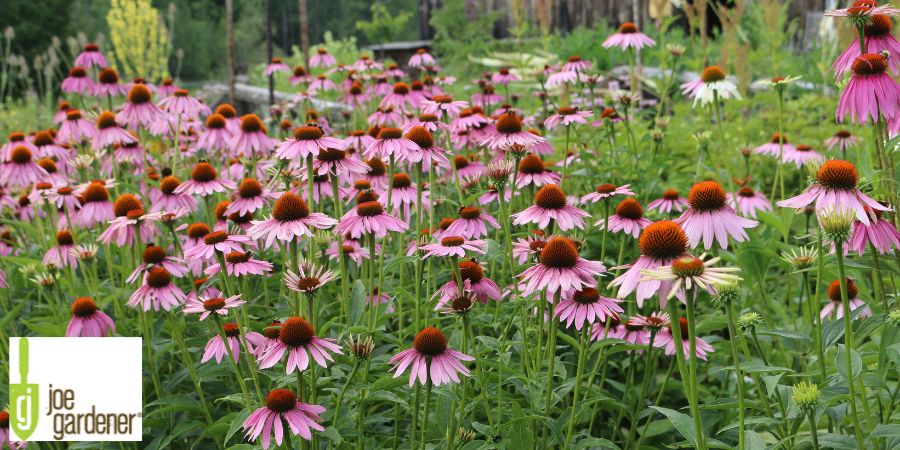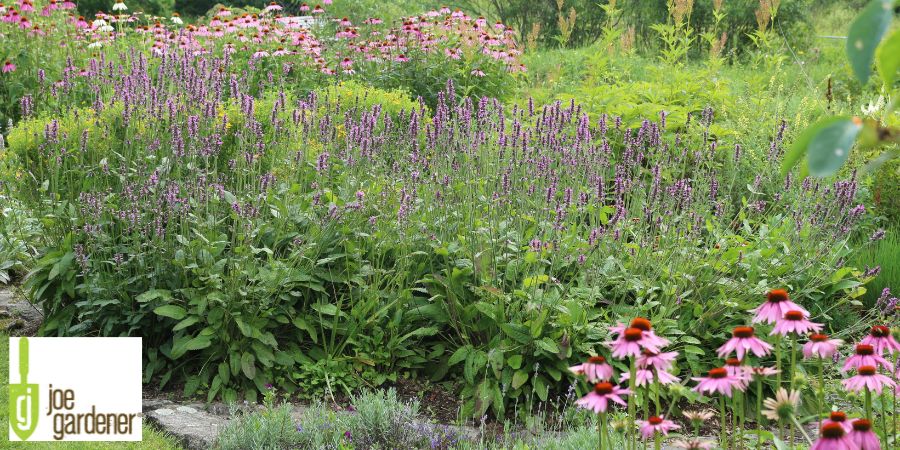How to Turn Your Lawn Into a Wildflower Garden
- Gardening Expert and Host of Growing a Greener World®August 18, 2022
Gardeners are always looking for new ways to enhance the beauty of their property, and a growing number of gardeners are also looking to improve the biodiversity found on the land they steward. The easiest way to accomplish both of these goals is to convert existing lawn into a new garden.
Turfgrasses are great for pathways and recreation spaces, but they grow in a monoculture that doesn’t serve beneficial insects, birds and other creatures. The more lawn space that gardeners can replace with a variety of plants that provide nectar, seeds and other resources, the better off wildlife will be. It’s a simple transition that makes a tangible difference.

In my travels, I have been exposed to some incredible examples of what’s possible. It’s amazing to see how much life — bees, butterflies, songbirds, etc. — thrives in even the smallest meadow.
Converting a lawn into a garden starts with tearing up the existing turf. This can be accomplished with a sod cutter, but taking away all of that organic matter is a waste of something valuable. Rather than removing the turf, till that organic matter back into the earth. As the turf grass decomposes, it will improve the soil. However, tilling will also expose weed seeds and stimulate them to germinate. Tilling two or three more times will eliminate the grass and weeds.

Tilling releases carbon from the soil and destroys mycorrhizal networks, but establishing a new garden is a one-time occasion in which tilling is merited. Once the new garden is established, it will become an ecological asset that will sequester more carbon than the shallow-rooted turfgrasses that once grew there ever could. In fact, meadows can store about 70% more carbon than lawns.
If starting this project in the heat of July or August, killing grass and neutralizing weed seeds can be achieved via solarization. It starts with mowing the turfgrass as short as possible, on a lawnmower’s lowest setting. Then water down the area thoroughly and cover it in a black or clear plastic sheet, and use lawn staples or rocks to keep the plastic in place. Leave the plastic where it is for between four and eight weeks — the longer, the better. In that time, the plastic will hold in heat, raising the temperature of the soil and frying the grass as well as weed seeds. When the plastic comes off, dig and turn the dead grass into the soil — but don’t dig deep. Solarization is most effective only a few inches down. Turning any deeper risks exposing weed seeds.

Another option is to use a drill seeder. Fill the drill seeder’s hopper with seeds, and then run the tool over the lawn. The drill seeder will slice into the earth and deposit seeds, achieving that soil contact that is essential to germination. As those seeds grow, they will eventually outcompete and crowd out the turf grass.
If started on a tilled or solarized surface, the most cost-effective way to establish a meadow is to scatter seeds. Using a trusted supplier, purchase a high-quality wildflower mix that is designed for your area. Once the seeds are spread out, don’t bury them, as most will need light to germinate. Just ensure soil contact by pressing them down. Laying down cardboard and walking over it is an easy way to do this.
Some seeds will germinate rather quickly, while others will need to go through the freeze and thaw cycle of winter first before they germinate the following spring.
For quicker results, you can purchase a few flats of plugs — small plants sold in great quantities for planting projects. Mix various flowering plants and native grasses, being conscious of how much space they will need between them when they mature.
In the first year and maybe the second, the seeds or young plants will need to be watered to get established. However, once they are established, there isn’t much they will need from you. A wildflower meadow with native plants will be adapted to where you live, so it can survive without your intervention. It won’t need irrigation and can shrug off damage from native insects.

If you refrain from deadheading flowers, birds will flock to your new garden to enjoy the buffet of seeds. The seeds that the birds miss will drop and add to the meadow’s seed bank, germinating in future seasons and keeping the meadow self-sufficient and naturally regenerative.
The best way to prevent unwanted grass and weeds from encroaching on an ornamental garden is to plant it densely. Especially in the first few seasons, sowing more annuals each spring will ensure there are no gaps where weeds can take hold.
To prevent trees and other woody plants from taking over, all it takes is mowing the wildflower garden once a year, just before spring growth begins. Then the perennials and self-sowing annuals will grow back free without the competition, providing food, nesting sites and shelter for an array of wildlife that will be a delight to watch.

